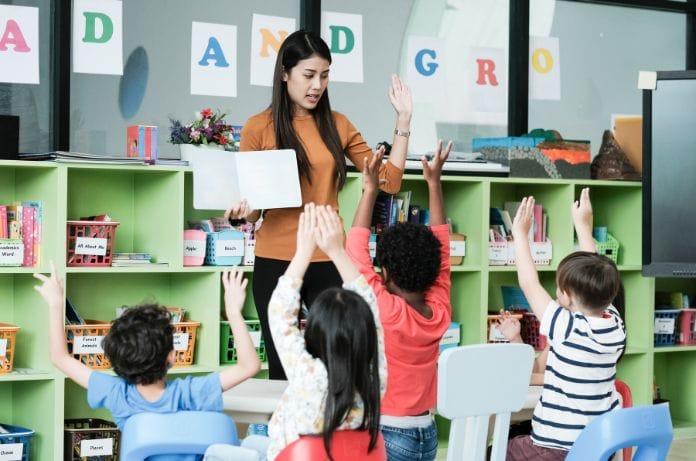Being a teacher is one of the toughest jobs in the world. Teachers guide future doctors, lawyers, surgeons, NASCAR drivers, or the next biggest pop star. The influence of a positive educational figure in a child’s life is impeccable and essential. That’s why creating a positive and inviting experience in the classroom goes hand-in-hand with reaching educational goals. Here are a few tips for creating an inclusive classroom experience.
Focus on Creating a Positive Experience
The most important element for creating an inclusive classroom is to make learning a positive experience. It’s common for children to not like school because they find school boring, uninteresting, or too rule-binding. Although school is for learning and structure, there are ways you can make the experience more inviting.
Use different learning strategies such as more hands-on work or auditory lessons. Creating songs to remember language arts rules or doing a science experiment to learn about photosynthesis are fantastic ways to make more challenging topics digestible.
If you are looking to support students who are on the spectrum or have learning disabilities, you should find ways to include their learning styles in daily lessons. This way, you’re creating a learning environment that is helpful to all students and not singling out others who may need extra support.
Build an Inclusive Vocabulary
You should expand your inclusive vocabulary to create a more welcoming classroom. Instead of using gender-based words like “boys and girls,” you should use “students,” “friends,” “pals,” or “scholars.” This change in vocabulary allows you to model inclusive language and introduce more open and welcoming ideals around the classroom.
As a teacher, you should also avoid overgeneralizing students and their experiences. It’s natural to assume that all children have the same positive and negative experiences at home, but that’s not always the case. Instead, allow students to share their experiences and start the conversation with “for those of you who have experienced…” or similar phrases.
Value Stories That Are Relatable
It’s important to have a classroom library, but this resource is even better when there’s a wide variety of topics and main characters available. Students should have access to books that reflect their lives and perspectives outside of what they experience. Reading books with diverse stories, characters, and settings is essential to learning about various lifestyles and traditions.
Develop Clear Classroom Rules
Establish ground rules in your classroom to ensure that every student feels protected and heard. Hear your students and ask them what rules they would like to see in the class. For example, you can create a short activity that allows them to answer the following questions.
- How can we make the classroom a more positive space?
- What does kindness look like to you?
- What will motivate you to perform well in class?
Allow each student to privately answer on a sheet of paper and create a list of rules that follow their requests. This activity is also an excellent way to allow the student to feel seen or heard—thus, creating a positive learning experience.






